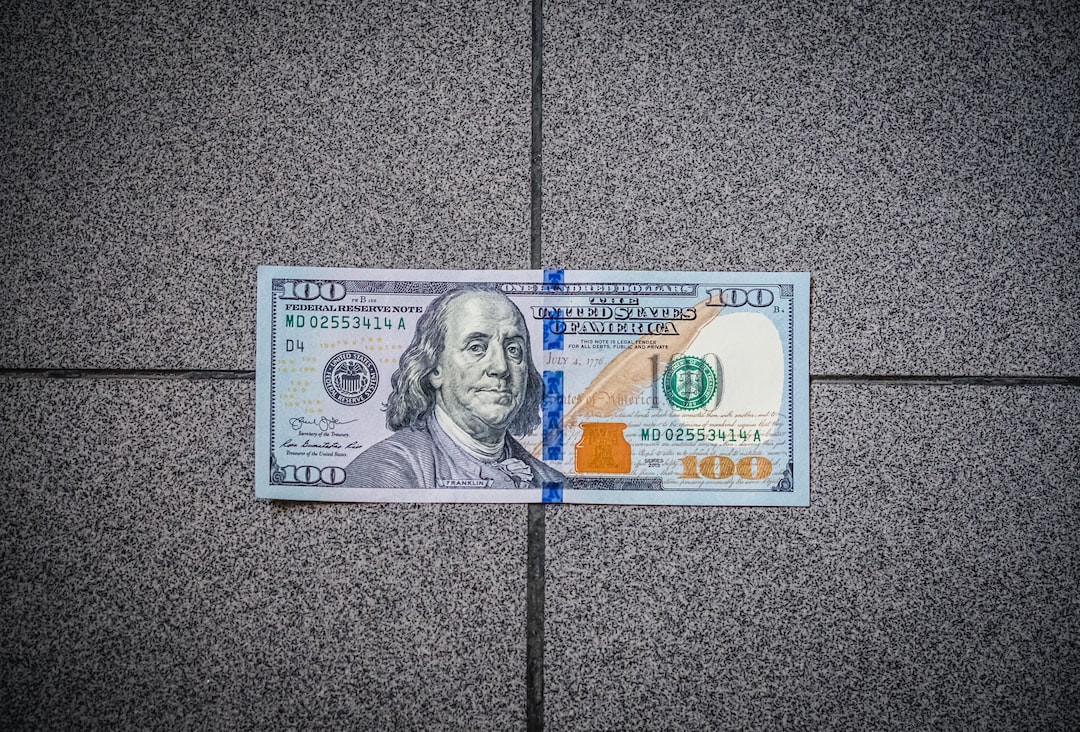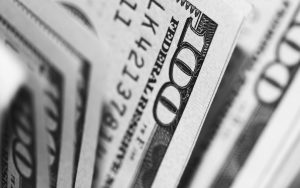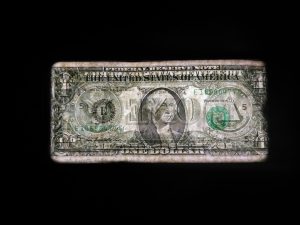The foreign exchange market, or forex market, is the largest financial market in the world. It is a decentralized market where currencies are traded 24 hours a day, 5 days a week. Forex traders often use technical analysis to identify trading opportunities, and one of the key aspects of technical analysis is tracking the banks.
Banks play a significant role in the forex market, as they are the primary liquidity providers. They also have access to valuable information, such as order flow data and market sentiment, which can be used to inform trading decisions. Tracking the banks can provide valuable insights into market trends and help traders make more informed decisions.
Here are some tips on how to track the banks in forex:
1. Follow the news
One of the easiest ways to track the banks is to keep up with the news. Major financial news outlets, such as Bloomberg and Reuters, often report on the activities of the major banks. These reports can provide insights into the banks’ trading strategies and market positions.
For example, if a news report indicates that a major bank has a large long position in a particular currency pair, this may suggest that the bank is bullish on that pair. Traders can use this information to inform their own trading decisions.
2. Monitor order flow
Another way to track the banks is to monitor order flow data. Order flow data shows the volume and direction of trades being executed in the market. Banks often have access to this data, which can provide insights into market sentiment and trading activity.
There are several order flow indicators that traders can use to monitor the banks. For example, the on-balance volume (OBV) indicator tracks the volume of trades in a particular asset over time. If the OBV is rising, it suggests that buying pressure is increasing, which may indicate that the banks are bullish on the asset.
3. Look for patterns
Traders can also track the banks by looking for patterns in the market. Banks often have a significant impact on market trends, so it can be helpful to identify patterns that coincide with the banks’ trading activity.
For example, if a particular currency pair is consistently trending upwards during a certain time of day, this may suggest that the banks are buying during that time. Traders can use this information to time their own trades accordingly.
4. Use technical indicators
Technical indicators can also be used to track the banks in forex. Indicators such as moving averages, the relative strength index (RSI), and the stochastic oscillator can provide insights into market trends and momentum.
For example, if a moving average is trending upwards, it suggests that the market is in an uptrend. If this coincides with the banks’ trading activity, it may suggest that the banks are bullish on the market.
5. Analyze market sentiment
Finally, traders can track the banks by analyzing market sentiment. This involves monitoring social media and other online forums to gauge how traders and investors are feeling about the market.
If there is a significant amount of bullish sentiment in the market, this may suggest that the banks are also bullish. Traders can use this information to identify trading opportunities and make informed decisions.
In conclusion, tracking the banks in forex can provide valuable insights into market trends and trading opportunities. By following the news, monitoring order flow, looking for patterns, using technical indicators, and analyzing market sentiment, traders can gain a better understanding of the banks’ trading activity and use this information to inform their own trading decisions.





